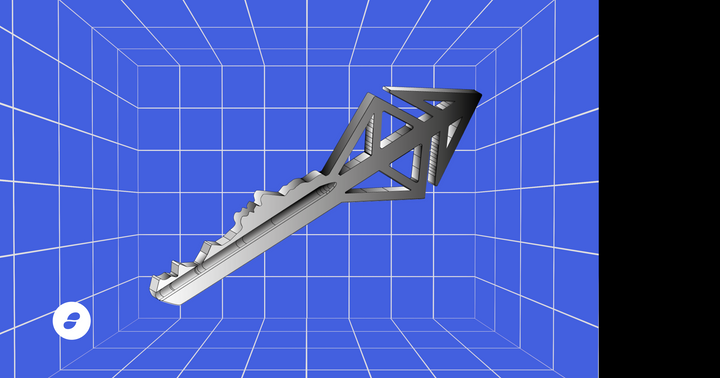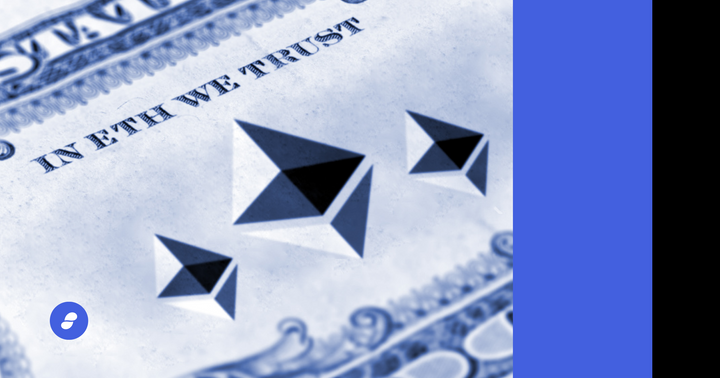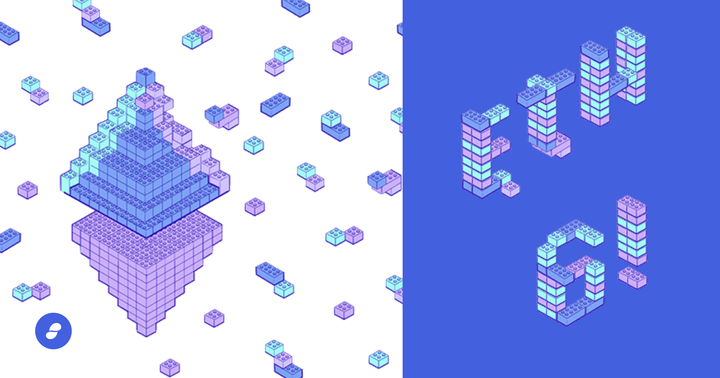It's clear that rollups are here to stay. From polynya's predictions of >15,000,000 TPS to the flourishing ecosystems of the rollups themselves, rollups are entrenched in Ethereum's future. But what will that future look like?
While there are many paths toward building a scalable and secure long-term blockchain ecosystem, it's looking like they are all building toward very similar futures.
– Vitalik Buterin, Endgame
All roads lead to centralized block production, decentralized validation, and prevention of censorship
– Julius Caesar, unverified
In Vitalik’s eponymous article Endgame, he writes about a generalized strategy for taking a centralized blockchain system with high block frequency, block size, and transactions per second—an average “big block chain”—and transforming it so that it becomes “acceptably trustless and censorship resistant.”
He outlines two mutually exclusive futures for rollups and Ethereum: one where a single rollup comes to dominate in terms of usage, and the other in which there is no single dominant rollup.
And he shows how, in all 3 cases (generalized big block chain, single dominant rollup, multiple rollups), we get centralized block production, decentralized block validation, and censorship prevention.
But how, ser?
How do you transform a big block chain with centralized block production—feasibly—into a trustless and censorship-resistant model? Vitalik suggests a second tier of staking, requiring fewer resources, to support distributed block validation. Decentralizing block validity can be done via fraud proofs or ZK-SNARKs. Data availability sampling (DAS) can be added so that users can check block availability. And secondary transaction channels can be added to prevent censorship.
Block production is centralized, block validation is trustless and highly decentralized, and censorship is still prevented.
– Vitalik, Endgame
What about the future of Ethereum?
Well, if one rollup is indeed ruling them all, it will require block producers to process a LOT of transactions (which is a vector of centralization; not everyone will have the hardware to support this). But block validation is trustless, using SNARKs if our one rollup is a ZK rollup and fraud proofs if it is instead optimistic, and using the secondary transaction channel we get censorship prevention.
On the other hand, if no rollup dominates, we still have decentralized validation, censorship resistance, and perhaps even decentralized block production—though, Vitalik cautions, we may still run into centralized block production eventually, citing the possibility of “cross-domain MEV”: MEV dependent on the ordering of transactions in more than one place: the Ethereum beacon chain, execution chain, L2s, etc.
Which future do you see Ethereum headed toward?
Will the modular nature of the Ethereum ecosystem promote multiple rollups co-existing, or will the demand for affordability and ease of use propel the first rollup to break through certain thresholds in these dimensions to end up dominating?
Do you think block production could remain decentralized in the face of cross-domain MEV?
As the foundations of Web3 are further solidified, what areas need more attention?
Are there other directions that should be considered?
What will these futures mean for identities in Web3?






